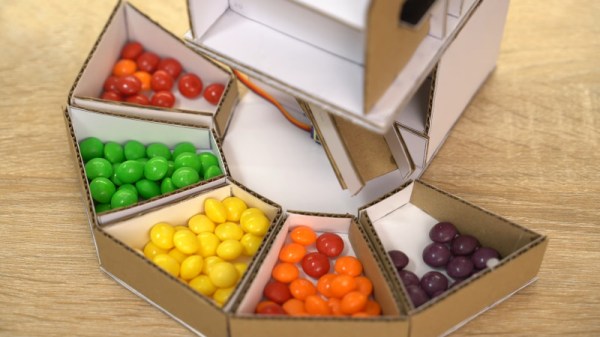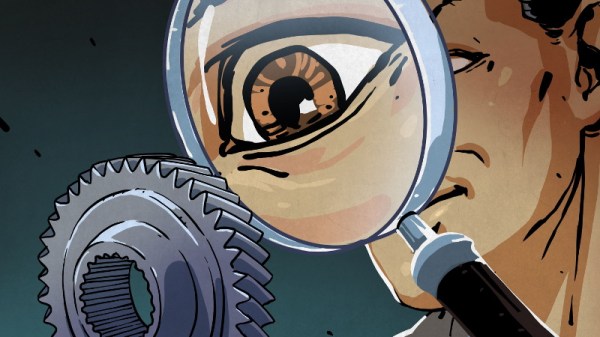Hackaday editors Elliot Williams and Mike Szczys celebrate the cleverest projects from the week that was. We tried to catch a few fools on Thursday with our Lightmode™ and NFT articles — make sure you go back and read those for a good chuckle if you haven’t already.
While those fall under not a hack, many other features this week are world-class hacks, such as the 555 timer built from 1.5-dozen vacuum tubes, and the mechanical word-clock that’s 64 magnetic actuators built around PCB coils by Hackaday’s own [Mortiz v. Sivers].
A treat for the ears, [Linus Akesson] aka [lft] shows off a Commodore64 that seriously sounds as big as a cathedral organ. And a masterpiece of OpenCV and Blender, you can’t miss the project by [Matthew Earl] that overlays video of the Mars landing on still satellite photos… perfection!
Take a look at the links below if you want to follow along, and as always, tell us what you think about this episode in the comments!
Direct download (~60 MB)

















